Toxic Pollution and Trash
January 27, 2025
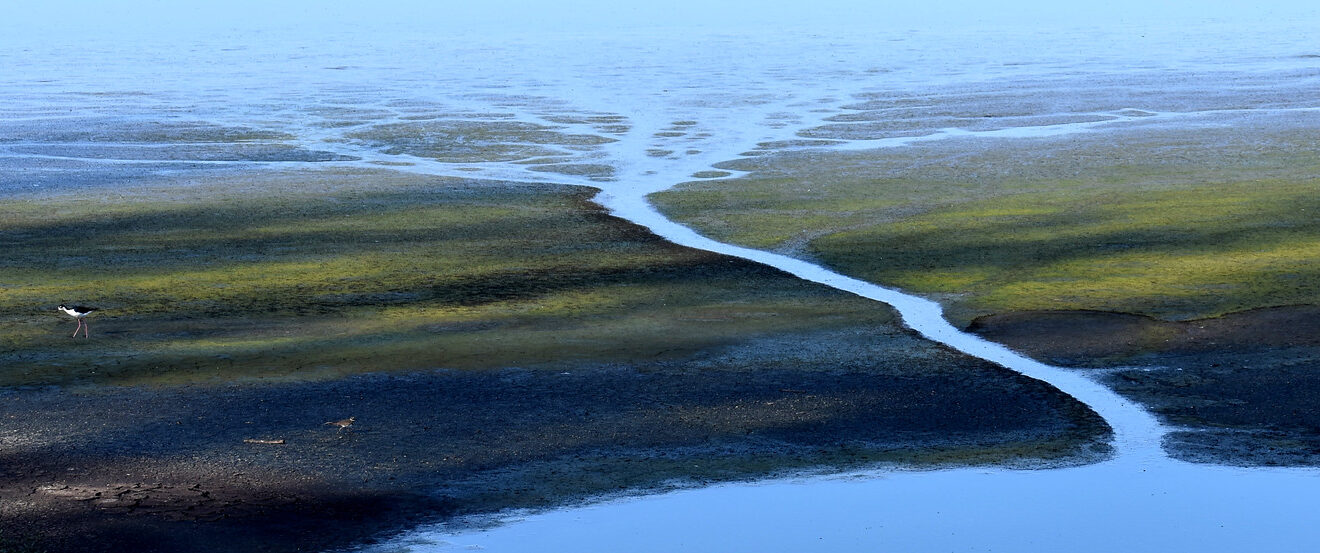
‘Extremely disturbing’: High levels of heavy metals at Monterey Bay Estuary – the Los Angeles Times
Excerpt:
Days after one of the world’s largest lithium ion battery storage facilities burst into flames in Monterey County, researchers found alarmingly high concentrations of heavy metals at a nearby estuary that is home to several endangered species…
Scientists at San José State University recorded a dramatic increase in nickel, manganese and cobalt — materials used in lithium ion batteries — in soil samples at the Elkhorn Slough Reserve after the recent fire at the nearby Moss Landing Power Plant.
The toxic metals threaten to upset the delicate ecosystem at the Elkhorn Slough, which is the state’s second-largest estuary and plays a key role in sequestering carbon emissions and protecting the coastline from sea level rise, said Ivano Aiello, chair of the university’s Moss Landing Marine Laboratories.
Aiello, who has monitored environmental conditions at the slough for more than a decade, said he was shocked by the results.
The concentration of nickel, manganese and cobalt measured on the surface of the soil is hundreds to thousands of times as much as the levels in the surface soil prior to the fire or compared with levels measured deeper in the soil.
“I was wondering whether there was anything associated with this fire that could have been impacted,” said Aiello. “I didn’t know I was going find such a high concentration of those metals.”
On Tuesday, Monterey County Supervisor Glenn Church called the findings “extremely disturbing” and said he was worried about what future data would reveal regarding the consequences of the unprecedented blaze. The fire ignited Jan. 16, burned for five days and ultimately destroyed an estimated 80% of the batteries inside the building, which is on the coast about 18 miles north of the city of Monterey.
Assemblymember Dawn Addis (D-Morro Bay) said in a statement Monday that she was “deeply concerned” about the concentration of heavy metals in “one of our most cherished and fragile ecosystems…”
Additional Reading:
the New York Times:
A California Battery Plant Burned. Residents Have Gotten Sick, and Anxious.
the San Francisco Chronicle:
Toxic metal levels surge in Elkhorn Slough after battery plant fire.
Heavy metals detected in the soil have also created health implications for Monterey County’s agriculture industry, and the workers who pick the produce.
About two weeks after a fire at Moss Landing Power Plant in Monterey County, San Jose State University scientists reported unusually high concentrations of heavy metals in the soils of Elkhorn Slough — hundreds to a thousand times higher than previous measurements.
More on Pollution (Plastic, Hydrocarbon, Runoff, Toxic and Trash)
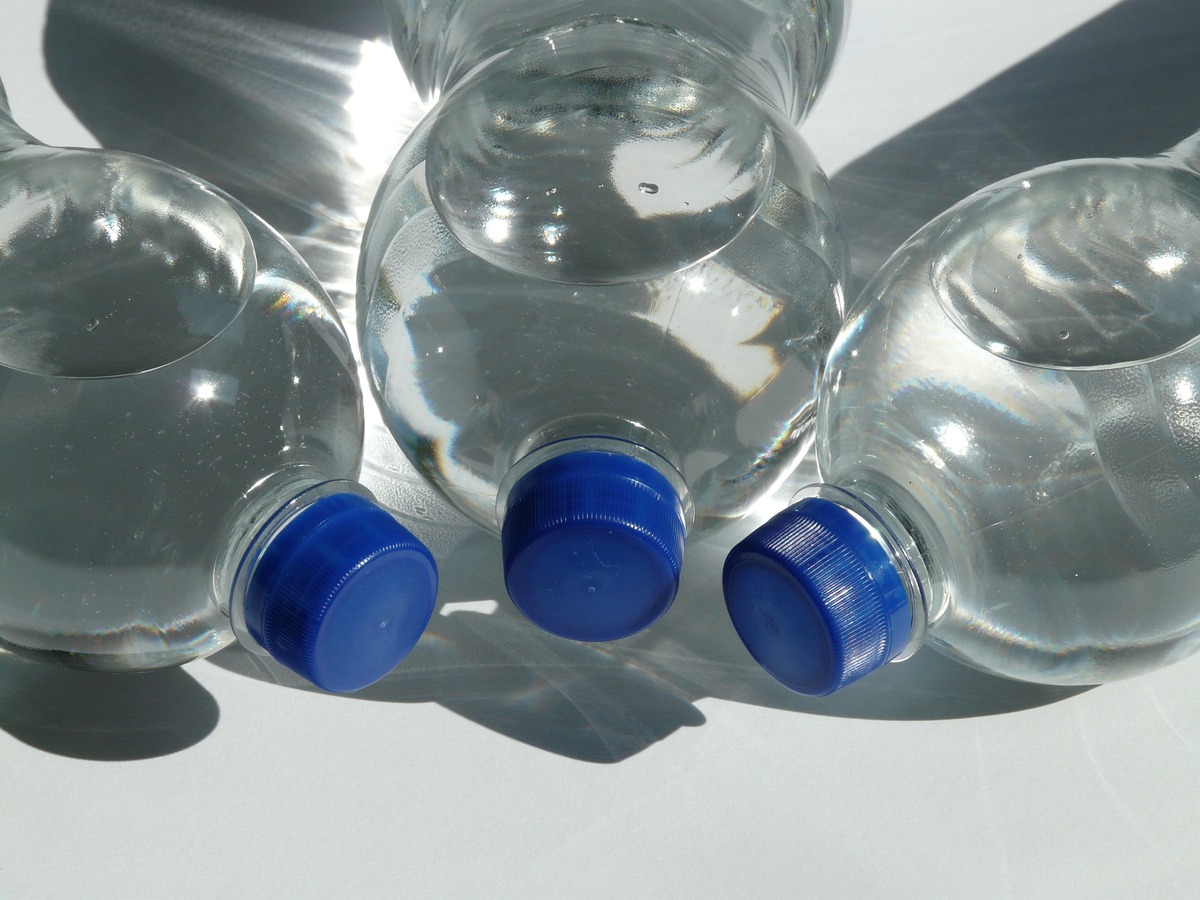
How to eat and drink fewer microplastics – the Washington Post
The peer-reviewed study detected microplastics in 180 of 182 samples comprising five types of fish and pink shrimp…
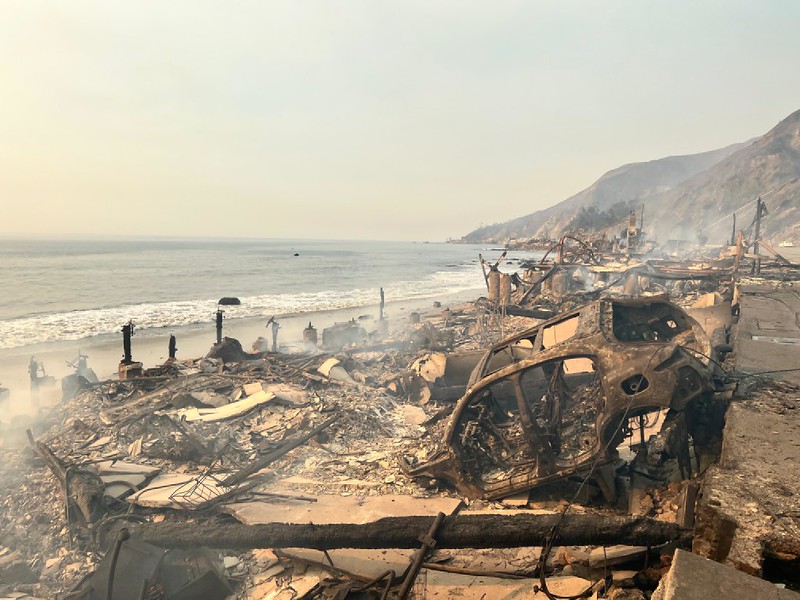
After the fire: Malibu scientists urge action to protect coastal ecosystems – the Malibu Times
As cleanup efforts focus on land, marine experts warn of the Palisades Fire’s hidden toll on beaches and ocean life…
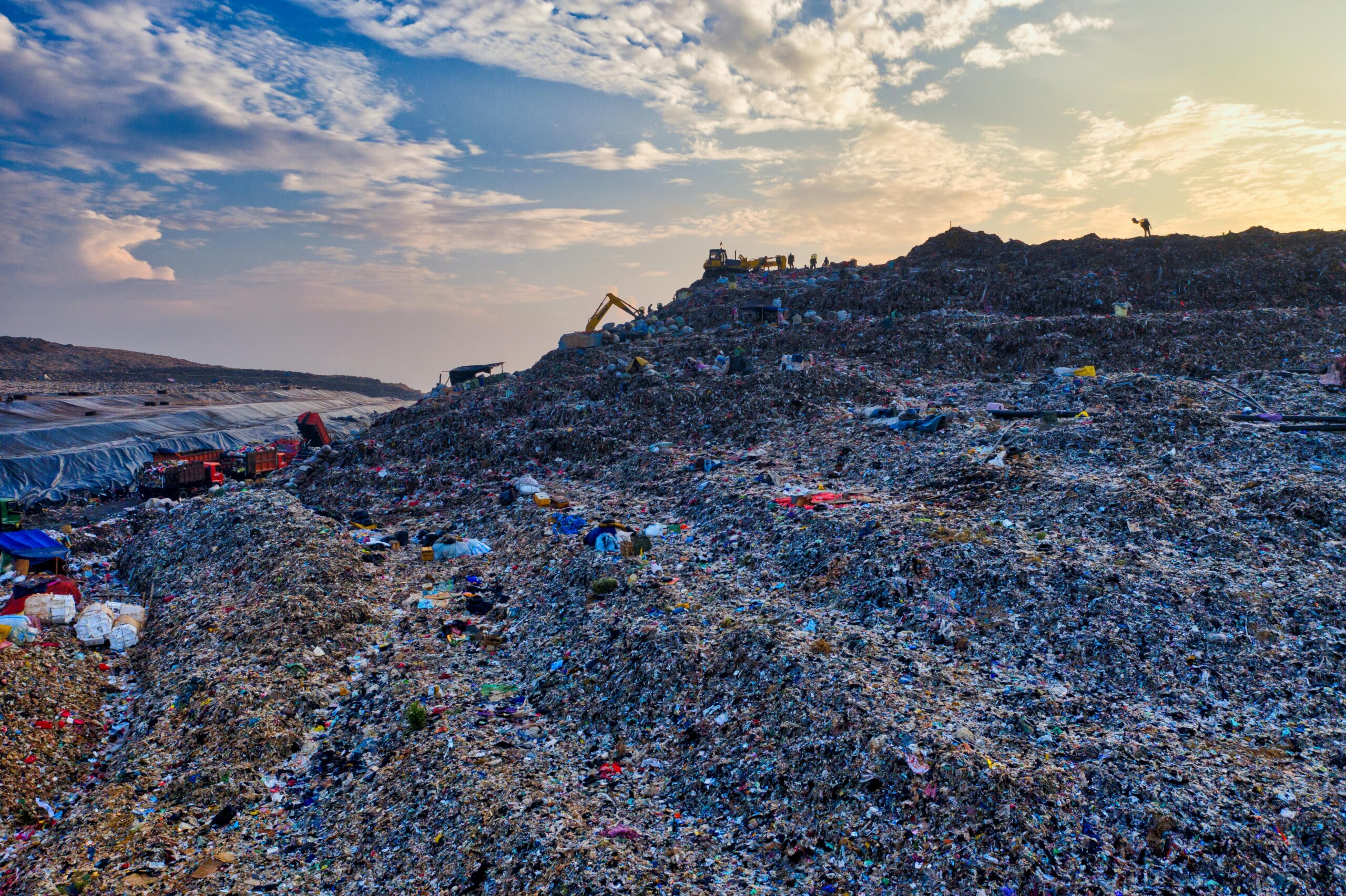
The World Can’t Keep Up With Its Garbage | Book Review – the Atlantic
Trash dumping is taking a devastating environmental toll—especially on poorer countries….

‘Extremely disturbing’: High levels of heavy metals at Monterey Bay Estuary – the Los Angeles Times
Days after one of the world’s largest lithium ion battery storage facilities burst into flames in Monterey County, researchers found alarmingly high concentrations of heavy metals at a nearby estuary that is home to several endangered species…

Study finds microplastic contamination in 99% of seafood samples – the Guardian
The peer-reviewed study detected microplastics in 180 of 182 samples comprising five types of fish and pink shrimp…
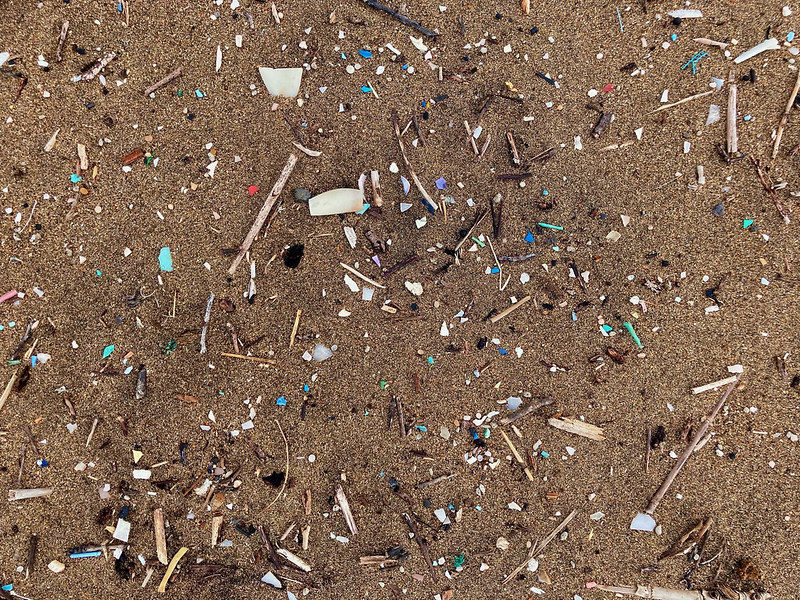
In a first, scientists find microplastics are building up deep in our brains – the Washington Post
A new study shows that microplastics have crossed the blood-brain barrier — and that their numbers are rising…

Plastic pollution wipes out Kabul river’s turtles and Sher Mahi fish – the Express Tribune
Once a thriving haven for aquatic life, the Kabul River is now a shadow of its former self. Severe plastic pollution is poisoning the water and decimating the river’s biodiversity, including the famous Sher Mahi fish…
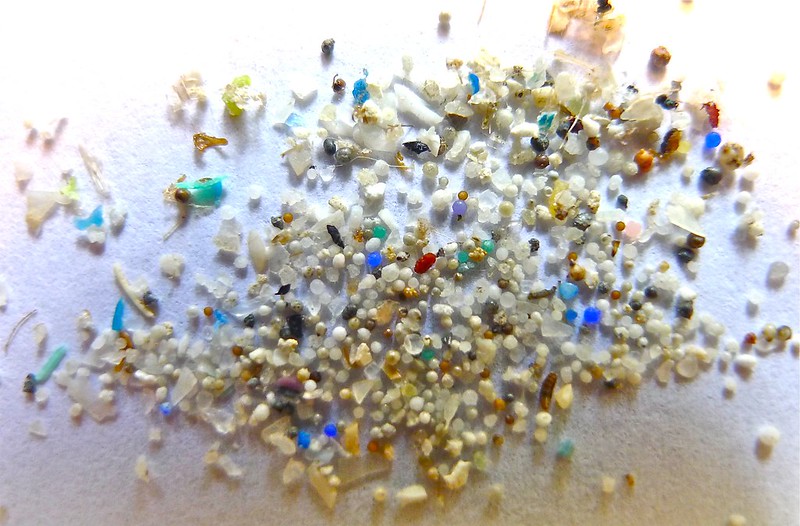
What’s the deal with microplastics, the material that ‘never goes away’? – SCOPE – Stanford Medicine
They’re in the water we drink, the food we eat, the clothes we wear and the air we breathe. They’ve pervaded every ecosystem in the world, from coral reefs to Antarctic ice. And they’ve infiltrated the human body, lodging themselves in everything from brain tissue to reproductive organs…
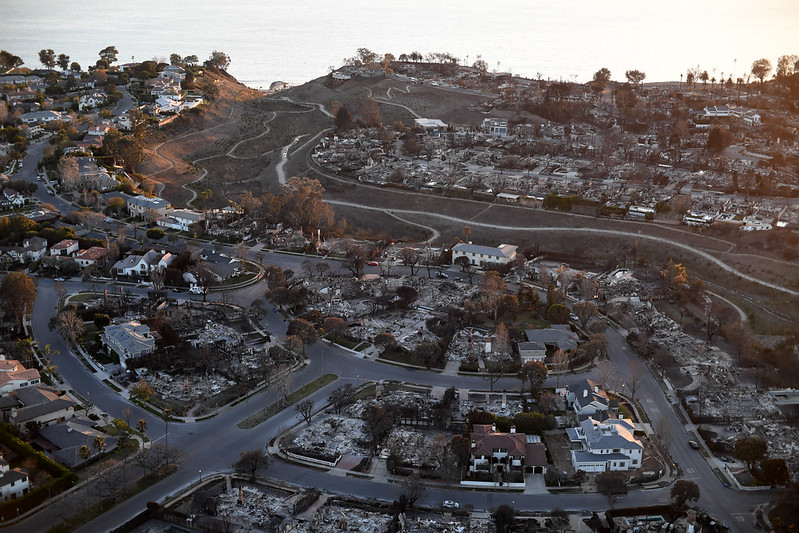
L.A. fires wreaked havoc on the land. Scientists are racing to learn what they’ve done to the sea – the Los Angeles Times
The charred and toxic remnants of thousands of destroyed homes, businesses, cars and electronics will eventually come to rest in the ocean.
Ash from the fires has been detected 100 miles offshore.
Public health officials have urged people to avoid several miles of beaches as recent rains wash contaminants into the sea.
